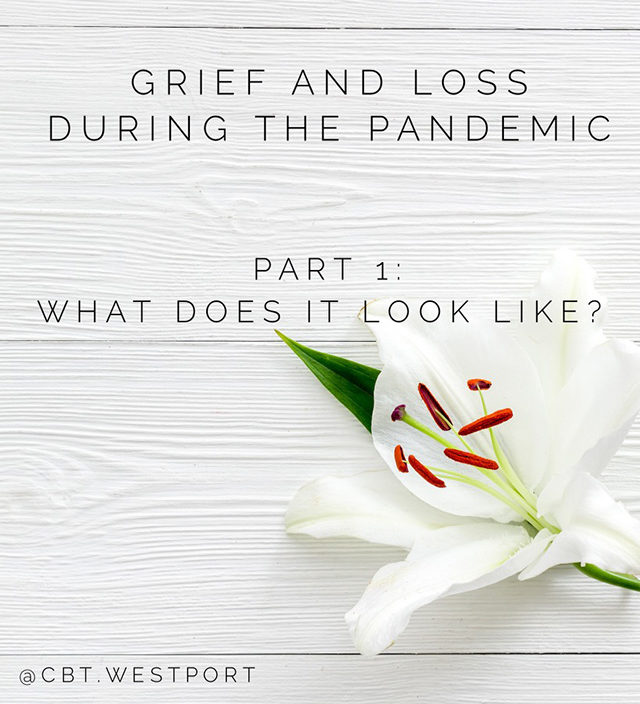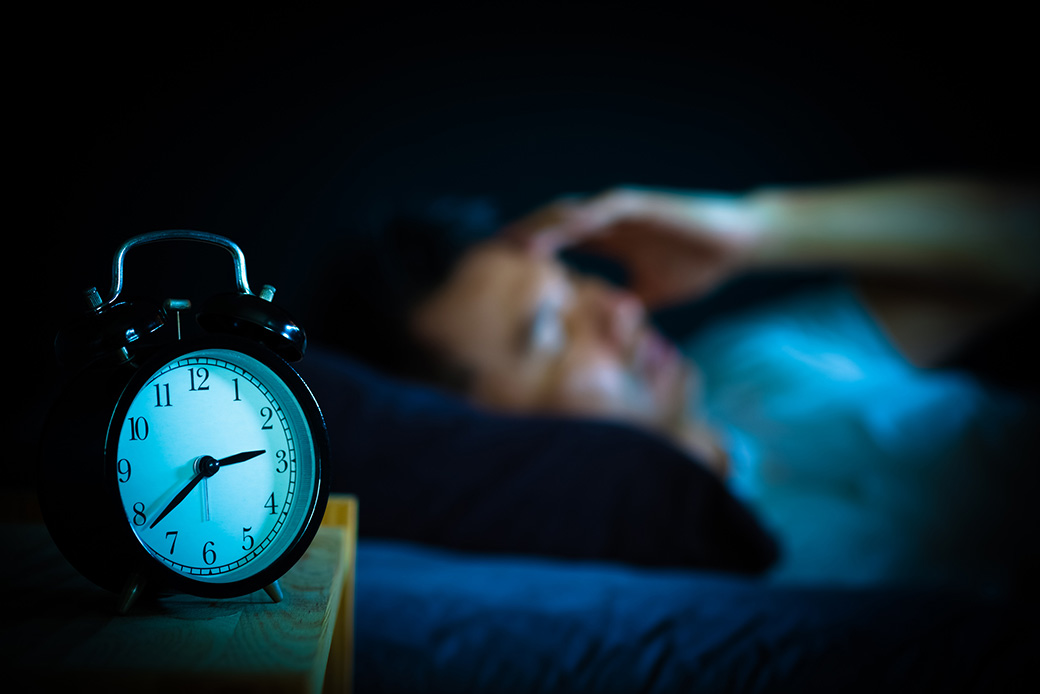It’s 3:00 AM and you are wide awake. You’ve been trying desperately to fall back asleep with no success. Your mind is racing with a list of things you need to do when you get out of bed and you try to close your eyes and will your body and mind to sleep.
Anyone who has had difficulty sleeping knows how frustrating it can be to toss and turn, trying desperately to fall asleep. But when does the occasional night of difficult sleep become insomnia?
Insomnia is defined as a sleep disorder in which a person has difficulty falling asleep or staying asleep. The condition can be short term or chronic. Up to one-third of patients presenting to a primary care appointment report ongoing difficulties with sleep.
Traditionally, physicians would often prescribe sleeping pills when patients complained of insomnia as a presenting problem. However, the American College of Physicians now recommends a treatment called Cognitive Behavioral Therapy for Insomnia (CBT-I) as the first line treatment. As trained clinical psychologists with a specialty in CBT, we have had tremendous success using CBT-I.
CBT-I targets the modification of sleep habits, scheduling factors, and misconceptions and unhelpful beliefs about sleep and insomnia. A typical course of CBT-I can be completed in 8 weeks or less. Patients are initially asked to evaluate and understand sleep habits and complete a sleep log. The major components of CBT-I include: sleep hygiene, sleep restriction, cognitive therapy, and relaxation techniques.
Continue reading →




